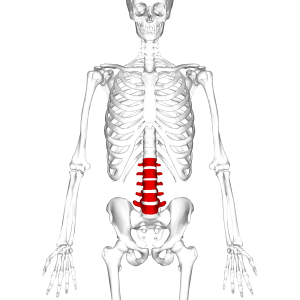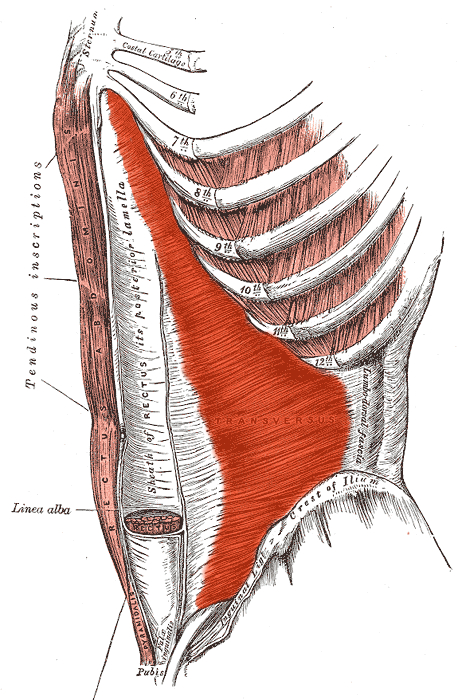
I’m a physical therapist & people ask me all the time…. What is spinal stenosis? Do I have it? What should I do about it?
“Spinal stenosis” is basically a fancy term that means the space where the nerve root(s) travels from the spinal cord to their specific destination in the leg is pinched in between the joint space compressing the nerve root(s), hence the unpleasant symptoms.
So there’s good news & bad news…
Okay, so here’s the bad news…
Generally (and I mean for the most part) the minimized space that we just mentioned above CANNOT necessarily be regenerated aka you can’t grow back the space between the joint.
But the GOOD news is that you can do something about it! Learning to activate and stabilize your lower back with you core AND improving you posture it’s hold your spinal alignment in a better position you can decrease the compression on the nerve or even eliminate the pressure on the nerve.
Lets take a look at the common signs and symptoms of spinal stenosis. Do any of these sound familiar to you? Remember, just because you have 1 or 2 of the symptoms does not qualify you for this diagnosis or any diagnosis. The more symptoms you have increases the likelihood of a diagnosis.
Ok, now that you’ve read the list of common signs and symptoms, and this sounds like you, you’re probably wondering how this happened. For common causes of spinal stenosis, read this.
Spinal Stenosis Surgery.
Let me get back to you on that. I’m a physical therapist so I’ll let you guess as to what my opinion on that is (no offense to surgeons.) Generally I say exhaust ALL conservative options prior to surgery because once they cut you open you can’t undo it. Also keep in mind that surgery does not guarantee resolution of symptoms but there has been many instances that it has as well. I am not bashing on surgeons, keep in mind. Granted, I am not promising that physical therapy and exercises alone will cure it, although it has been very successful but what do you have to lose by trying these exercises?
Spinal Stenosis Exercises.

It is all about the core, core, CORE! And this does not mean working your “abs”! I’m talking deeper than that (literally).
There’s an important muscle called your “transverse” abdominal muscles & this is really the key. If you look to the picture on your left it is the the big red portion. These actually lay under your 6 pack and helps stabilize the low back.
Click on the link for the core and hip muscle strengthening and stabilization exercises focusing on the core and pelvic muscles where I guide you through the different levels {COMING SOON TO A THEATER NEAR YOU.}
Please keep in mind that these exercises SHOULD NOT REPRODUCE THE PAIN and if they do PLEASE STOP. PAIN IS NOT GAIN and whoever acclaimed this quote clearly has not been through physical therapy. #justsaying.
Helpful Tip: That decrease in space in the spinal column compresses on the nerve as mentioned and it causes it to become inflamed. OTC (over the counter) anti-inflammatories will help (consult with the primary care physician first as some people’s gastro-intestinal systems are sensitive to these types of medications!)
Quick side-note… The MOST important thing you should take away from this article is this: increasing core strength (you’re going to hear me talking a lot about that, so pay attention) has a decent chance of helping decrease lower back pain in almost all cases, including spinal stenosis.